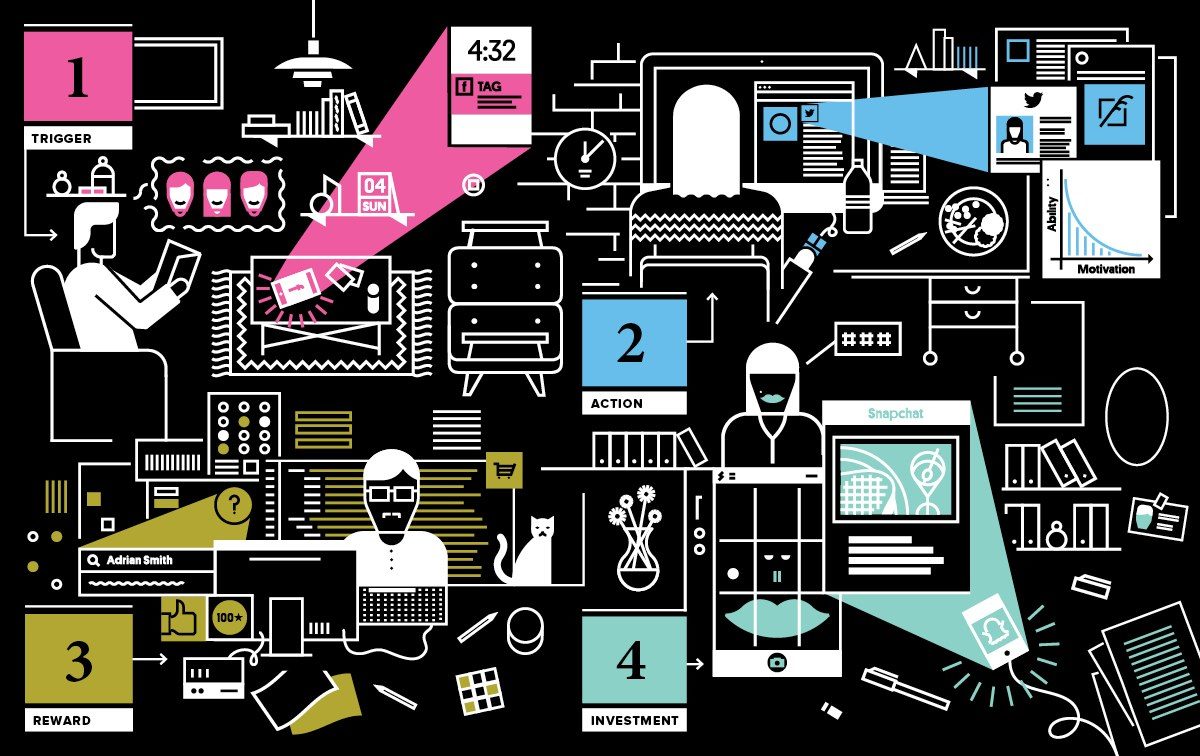The idea that new ideas and innovations always come from an inventor or research and development team is outdated. Companies now start to understand that the best way to improve their products and processes is by involving the stakeholders that are involved with these products and services. Companies like HYPE innovation [1] and KPMG Innovation Factory [2] serve these needs by providing a platform where employees and other stakeholders can work on a specific challenge or problem by either contributing with a new idea or by enriching an existing idea.
Who uses it?
Most clients that have been using these services are large multi-national companies. Their platforms are highly personalized with privacy and security features due to the valuable intellectual property that is being shared on the platform. However, due to the near-zero marginal costs of technology, I expect standardized versions of these innovation management software platforms to reach smaller companies very soon.
How does it work?
Most companies let their employees sign up as users on the platform. There is also the possibility to involve other stakeholders (e.g, suppliers) as users. Furthermore, a challenge team needs to be appointed that is responsible for coming up with a focused problem that the users can contribute to. There can be multiple challenges and challenge teams operating simultaneously. Ideas can be enriched and evaluated by other users. Typically, the challenge team together with the management decides what ideas will be further developed. It is recommended to involve the original contributors of the idea in the development process. Once the decision to implement an idea is made, it is recommended to adopt some project management techniques like the stage-gate funnel [3] with which it is possible to evaluate the success of the idea on objective pre-specified criteria, reducing the costs of unsuccessful ideas by pulling the plug in an earlier stage. It is called a funnel, because in the early stages more ideas are still in progress, while in the latter stages, only a few ideas are being implemented.
References:
- https://www.hypeinnovation.com/home
- https://innovationfactory.kpmg.com/en/
- Cooper, R. G., & Sommer, A. F. (2016). The Agile-Stage-Gate Hybrid Model: A Promising New Approach and a New Research Opportunity. Journal of Product Innovation Management,33(5), 513-526. doi:10.1111/jpim.12314



